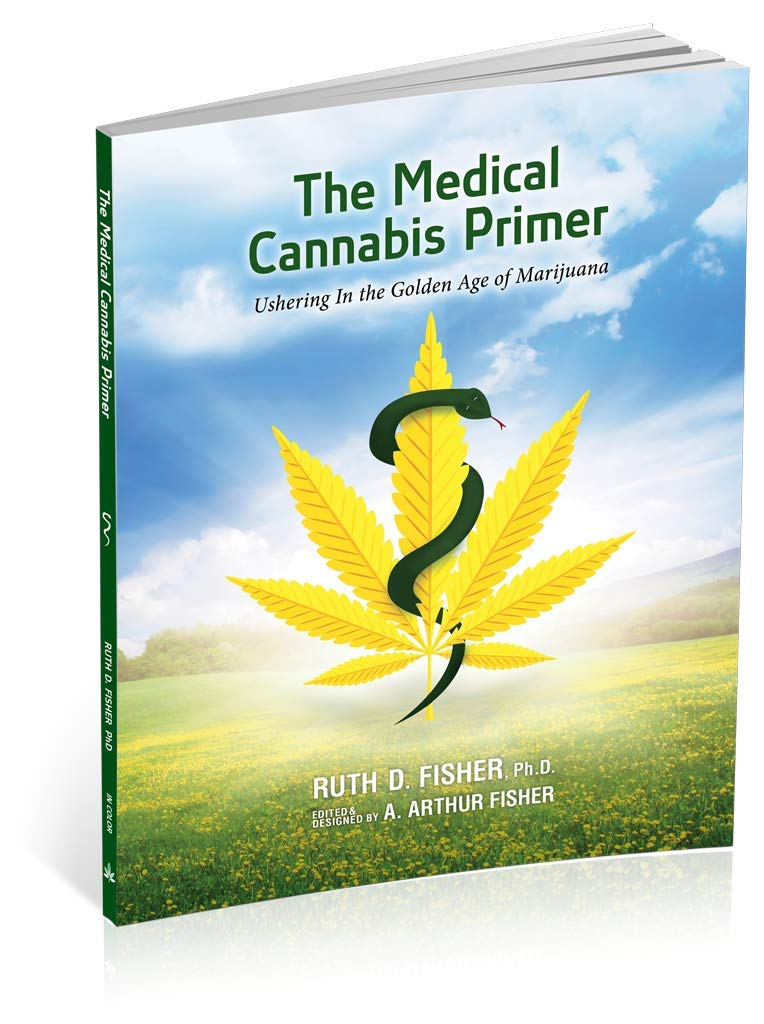‘The Medical Cannabis Primer’ Cuts Through the Crap
New Book Helps Novice Patients Choose Their Right Medicine

If you’re not a medical marijuana patient, here’s something you probably don’t know: Once a patient gets a prescription from their doctor, they’re basically on their own.
Unlike for other medicines, where the physician’s note matches a bottle on the pharmacist’s shelf, the cannabis script, for legal reasons, is more of a recommendation and is wide open to interpretation. It’s up to the patient to decide by themselves — or with the help of a budtender at a dispensary, who may be knowledgeable about cannabis in general but not about its medicinal properties — what kind of pot to buy, how to ingest it, at what concentration, and so on. It can be confusing, overwhelming, and even dangerous.
That was the experience of Santa Barbara photographer A. Arthur Fisher when he was diagnosed with multiple sclerosis five years ago. Fisher had smoked weed in college, so thought he knew what he was doing. But after six months of experimenting with flowers, edibles, and tinctures, he was no closer to finding what worked best for him and his disease.
Then Fisher talked to his sister, Dr. Ruth Fisher, a professional researcher and analyst specializing in health care and technology. She’d been digging into the topic on her own and asked him a bunch of questions about his trials and errors that he couldn’t answer. “She made me realize I had no idea what I was doing,” he said.
Soon after, the two joined forces to write The Medical Cannabis Primer for patients in similar positions who need a guiding hand. Exhaustively ― but not exhaustingly ― complete, the primer cuts through the thick jungle of research and opinion on the topic to present only the most accurate and up-to-date information with lots of photography and easy-to-understand illustrations, tables, and charts.
It was no easy task, requiring three years of hard work. “I’m an experienced researcher,” explained Ruth, who’s worked on massive biotech cases for Johnson & Johnson and Amgen, “and it took me a loooong time to figure out cannabis. There are so many perspectives out there, and a lot of wrong information. You don’t know what’s true, not true, what’s myth, what’s legend.” She also had to suss out the bias of purportedly objective analyses. “There was a lot of rah-rah for cannabis,” she said, “or that this will turn you into a lunatic and kill you.”
Before the primer dives into potency and dosing, the physical properties of the plant, and the many forms the medicine can take, it thoughtfully lays out the risks associated with cannabis use, while also demonstrating how those risks are often less than the ones that come with other medications. It also gives colorful descriptions of the decades-long publicity campaigns waged against cannabis by those who stood to lose financially from its legalization, like William Randolph Hearst, who worried that hemp production would undercut his interests in the Canadian wood pulp used to make his newspapers. Later on, the primer discusses how cannabis compounds work together in the body to create synergistic outcomes, known as the “entourage effect,” and talks about the right combinations of cannabinoids and terpenes for patients with specific conditions.
The book is meant for anyone who wants to learn more about the field, but it’s especially helpful for older patients who don’t know where to start. “We were thinking of Grandma who has cancer or glaucoma,” explained Arthur. “But if she walked into a dispensary, she wouldn’t know what any of these words meant.”
So far, the book is receiving stellar reviews and maintaining a rare five-star rating on Amazon. And it’s now regularly being used by nurses for reference.
Visit medicalcannabisprimer.com to learn more and place an order.



